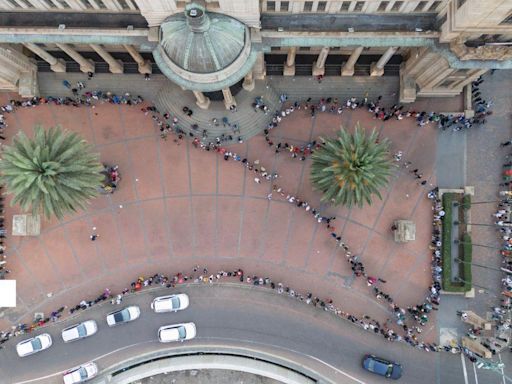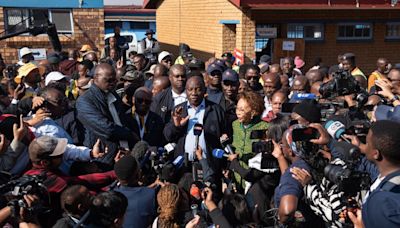Search results
People also ask
What is a ruling party in a parliamentary system?
How does a parliamentary system work?
What is a governing party in a democratic parliamentary system?
How does a parliamentary system differ from a legislative system?
A parliamentary system, or parliamentary democracy, is a system of democratic government where the head of government (who may also be the head of state) derives their democratic legitimacy from their ability to command the support ("confidence") of the legislature, typically a parliament, to which they are accountable.
parliamentary system, democratic form of government in which the party (or a coalition of parties) with the greatest representation in the parliament (legislature) forms the government, its leader becoming prime minister or chancellor.
- The Editors of Encyclopaedia Britannica
In many democratic republic countries like the Philippines, the ruling party is the party of the elected president that is in charge of the executive branch of government. In parliamentary systems, the majority in the legislature also controls the executive branch of government, thus leaving no possibility of opposing parties concurrently ...
Apr 22, 2021 · A parliamentary government is a system in which the powers of the executive and legislative branches are intertwined as opposed to being held separate as a check against each other's power, as the Founding Fathers of the United States demanded in the U.S. Constitution.
May 20, 2024 · The modern parliamentary system, as well as the principle of parliamentary sovereignty, quickly developed after the Glorious Revolution (1688–89). William III (1689–1702) selected his ministers from among the political parties in Parliament, though they were not subject to control by either house.
- The Editors of Encyclopaedia Britannica
In a parliamentary system, there is a very close relationship between the legislative and executive branches, as the head of the executive, often called the prime minister, is also a leader in the legislative branch. In a presidential system, there is a much stronger separation of powers between the legislative and the executive.
The ruling party in a parliamentary system is the political party or coalition of the majority in parliament. It generally forms the central government . Contents. A. B. C. D. E. F. G. H. I. J. K. L. M. N. O. P. Q. R. S. T. U. V. W. X. Y. Z. See also. References. Notes. Table. A. B. C.



